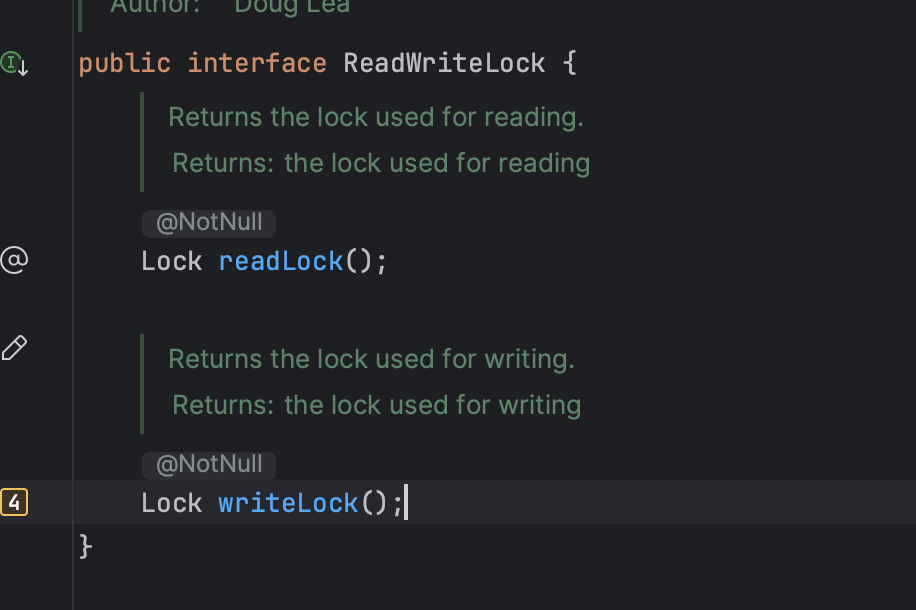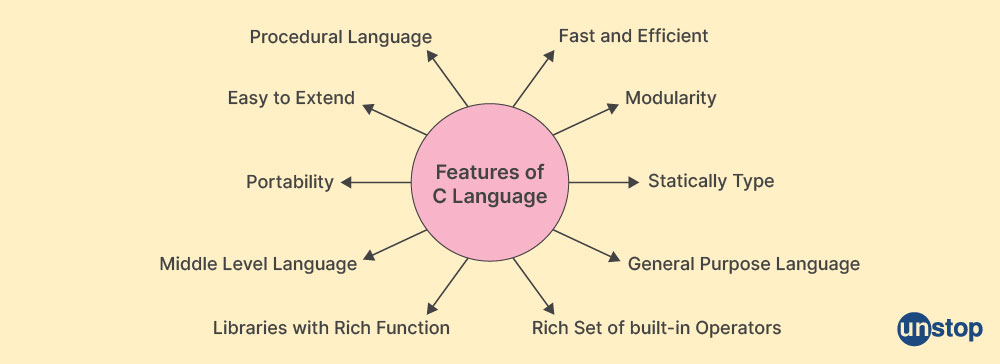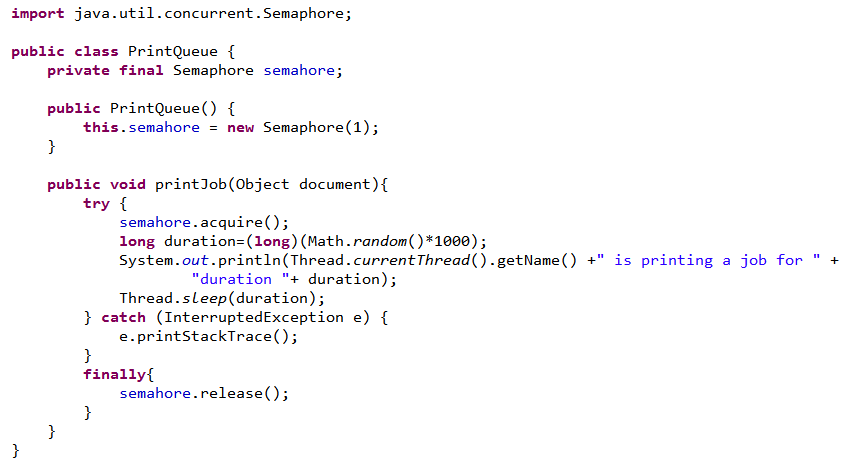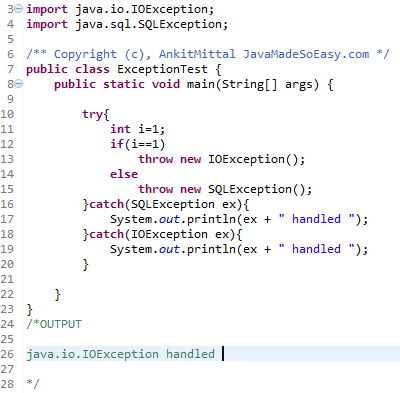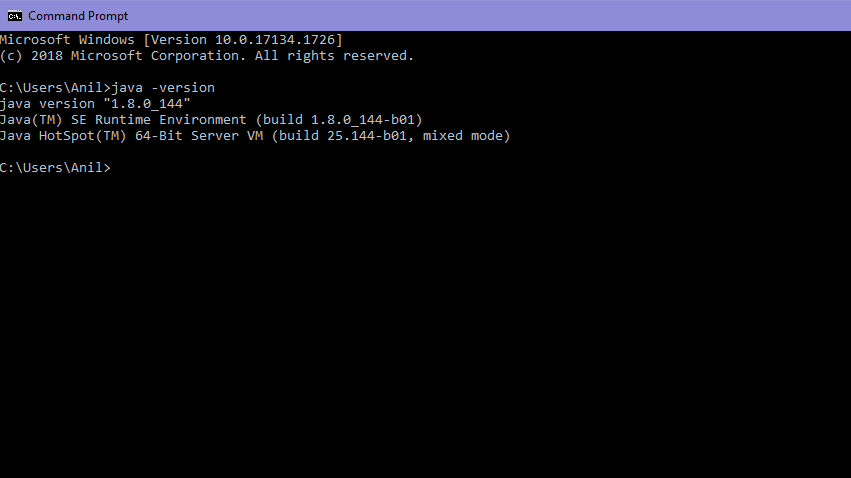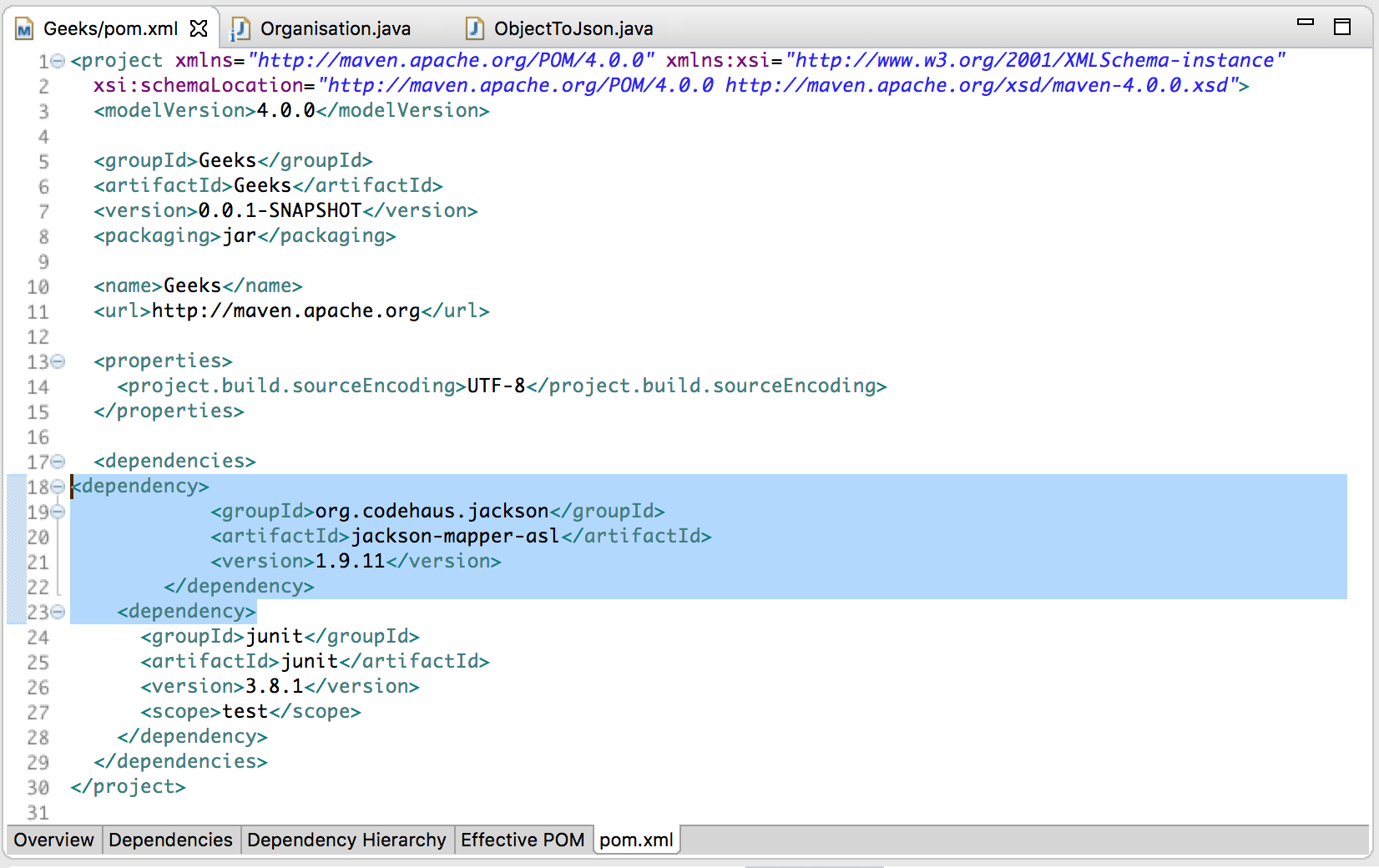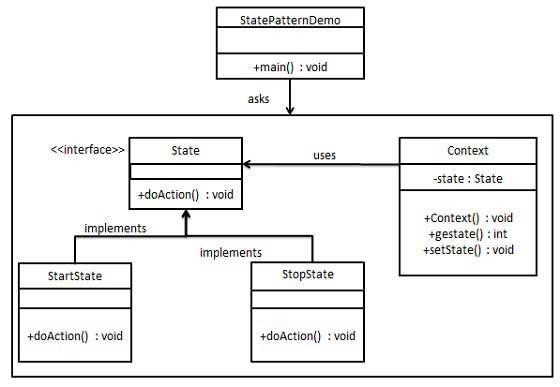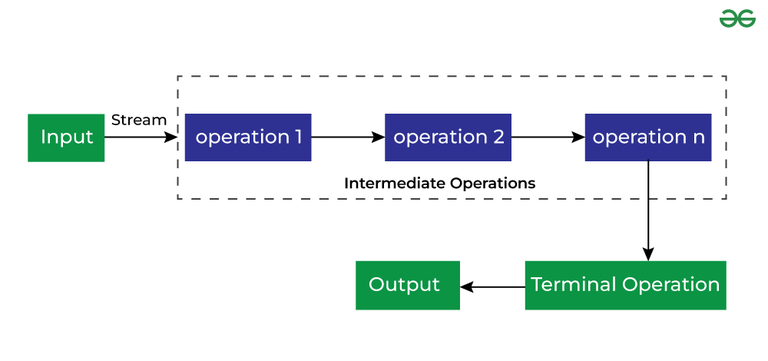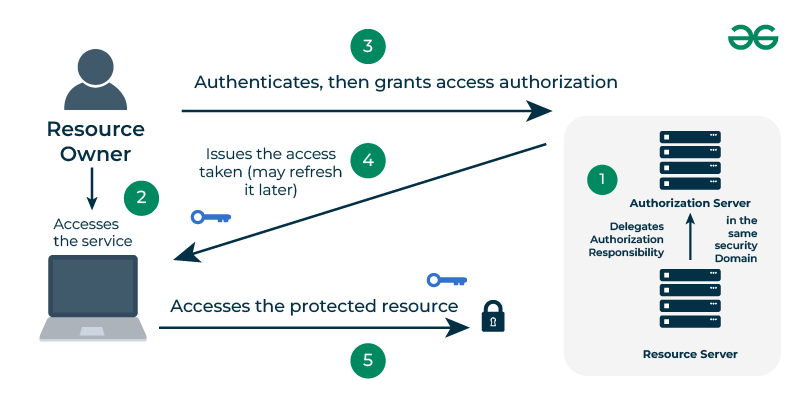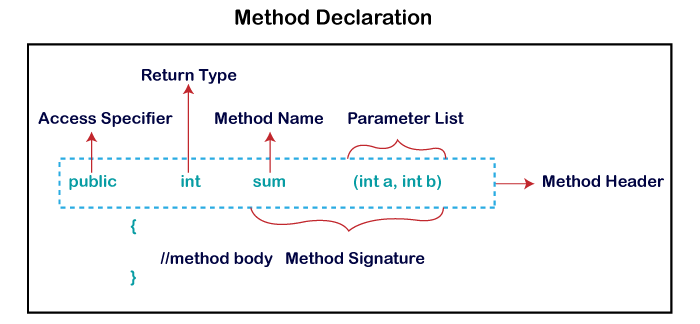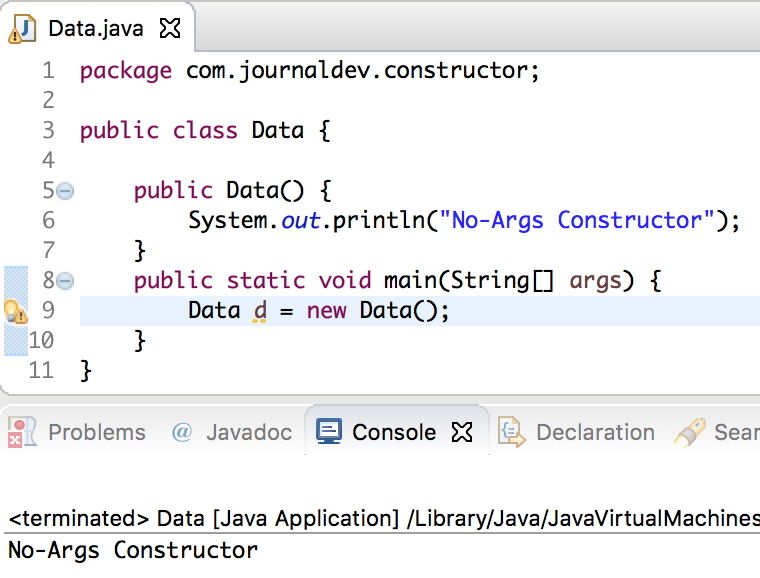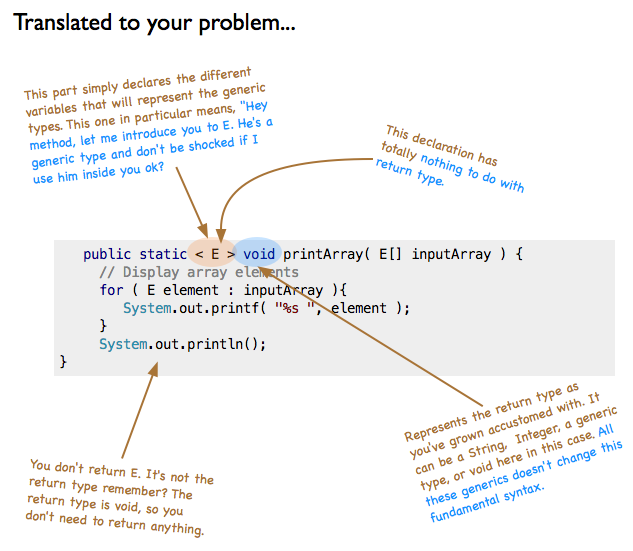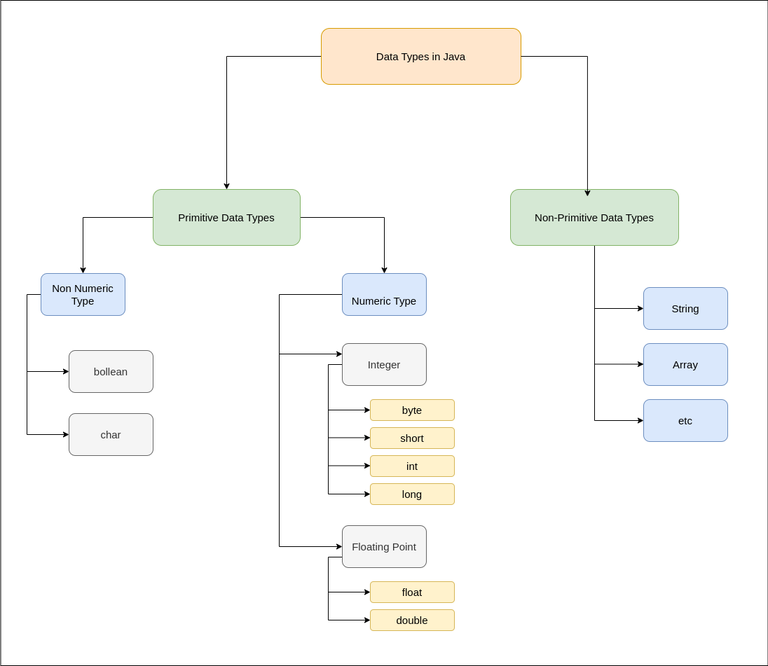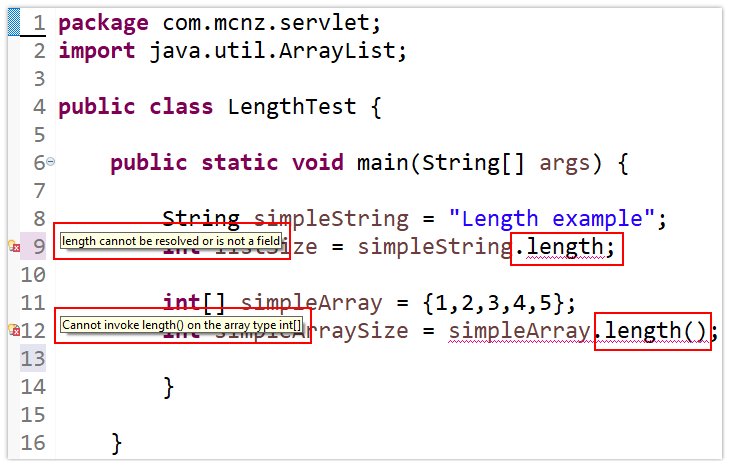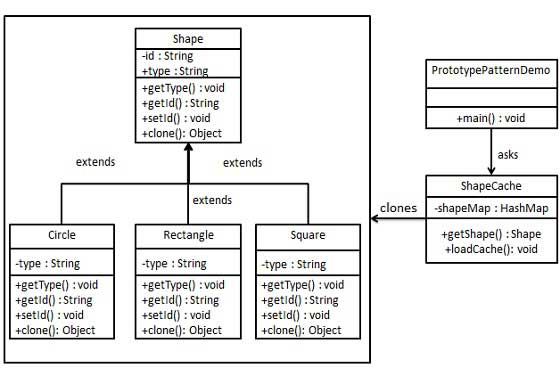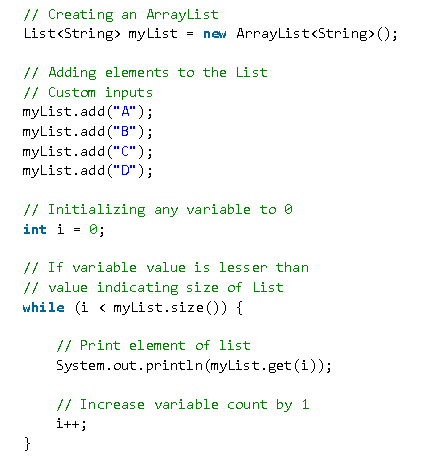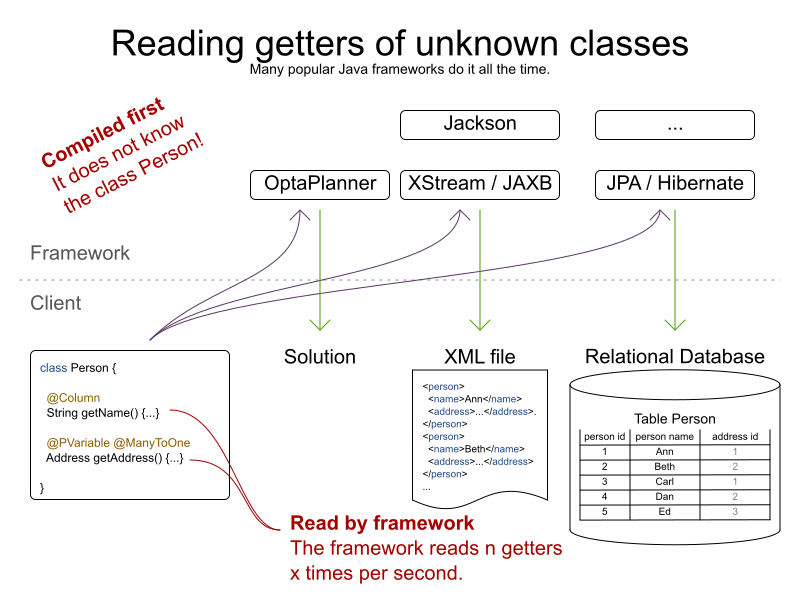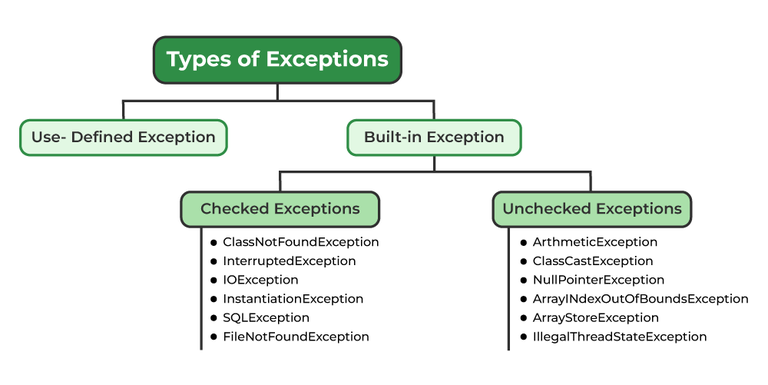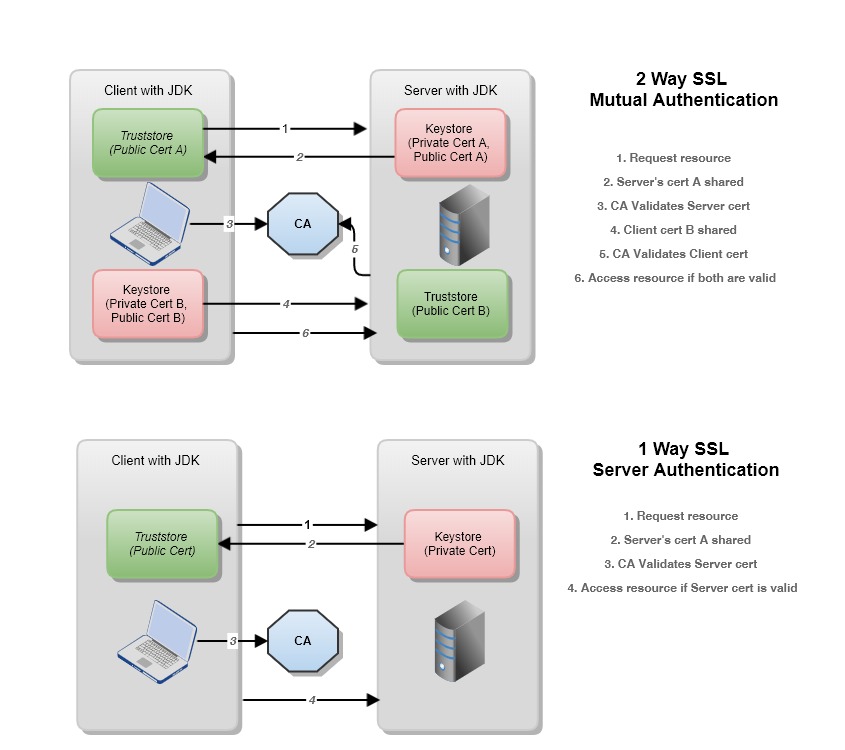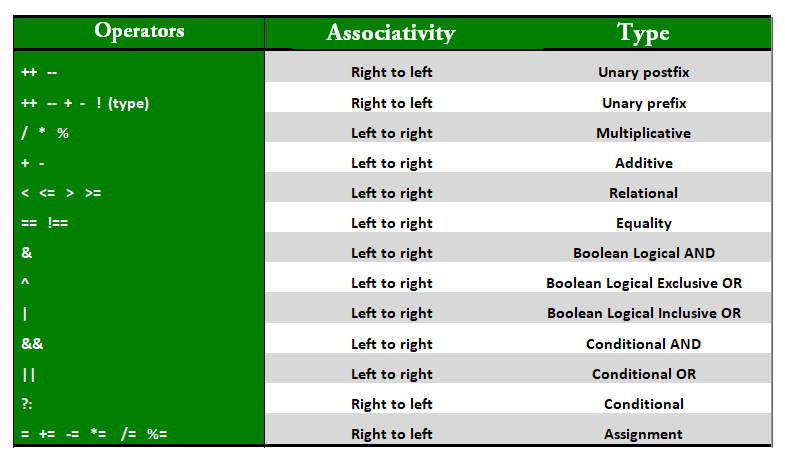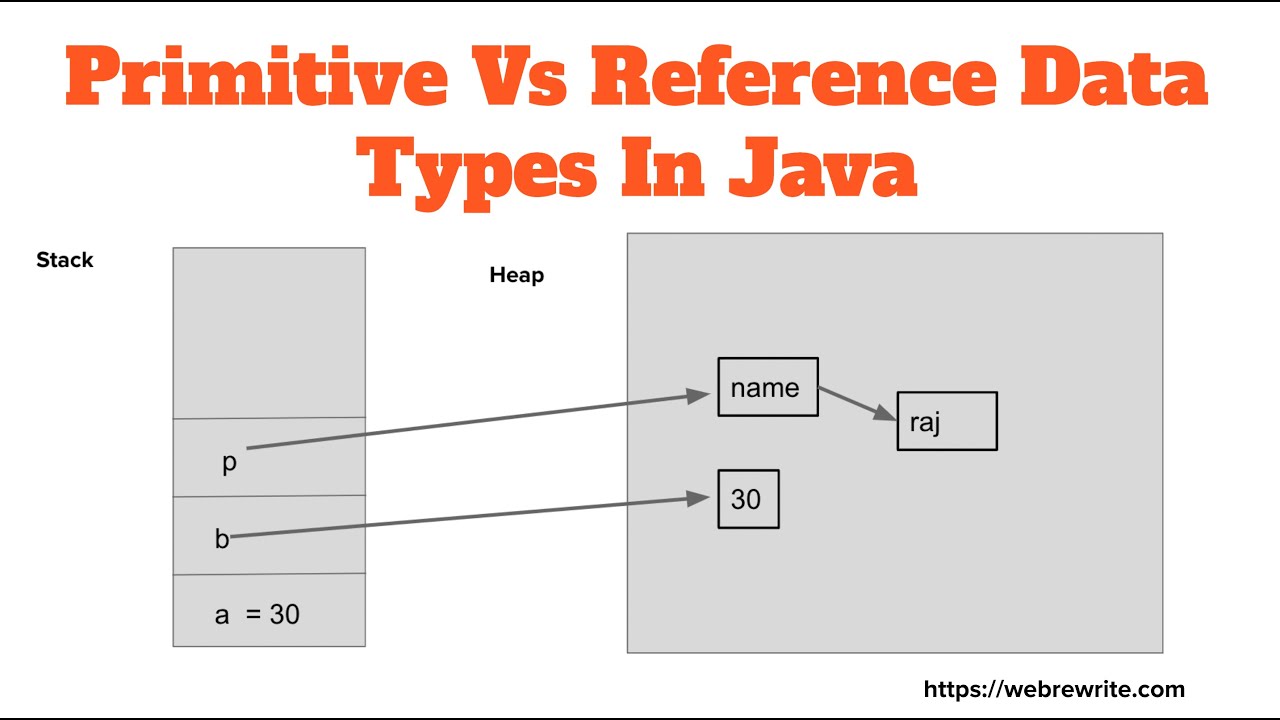Java package vs library
Java package vs library
I'm happy to respond in English!
When it comes to programming, the terms "package" and "library" are often used interchangeably, but they have distinct meanings.
A package is a collection of related classes, interfaces, and other supporting components that provide specific functionality. In Java, packages help organize code by grouping related classes together under a single namespace. Think of it as a folder on your computer where you store files with similar contents or purposes. When you create a package, you are essentially creating a new directory within the file system where your Java program is stored.
In contrast, a library (also known as a JAR file) is a pre-compiled and pre-packaged collection of reusable code that can be easily integrated into other projects. Libraries provide a set of functionality that can be used by multiple programs or applications. A library is essentially a "black box" that contains pre-written code, which can be reused without having to re-write it.
Here's an analogy: Think of a package as a recipe book containing your favorite cooking recipes. Each recipe (class) has its own unique purpose and ingredients (methods). On the other hand, a library is like a store where you can buy pre-made meals (classes or functions) that have been tested and approved by others.
Java packages are used to:
Organize code: By grouping related classes together under a single namespace. Prevent name collisions: By using unique package names to avoid naming conflicts between different parts of your program. Provide access control: By controlling who can see or use the classes within a package (e.g., making certain classes private or protected).Java libraries, on the other hand, are used to:
Reuse code: By providing pre-written, tested, and debugged code that can be easily integrated into your project. Enhance functionality: By adding new features or capabilities to your program without requiring you to re-write existing code. Simplify development: By making it easier to build upon existing projects and reduce the need for duplicate work.To illustrate this concept, consider a popular Java library like Apache Commons Lang. This library provides a range of utility classes that can be used by other programs or applications. You wouldn't need to write these utility classes from scratch; you can simply import the required classes from the Apache Commons Lang library and use them in your own code.
In summary, packages are used to organize and structure your Java code within a single project, while libraries provide pre-compiled and reusable code that can be shared across multiple projects or applications.
Modules and packages in Java
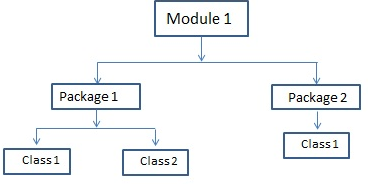
I'm happy to oblige! Here's a comprehensive explanation of modules and packages in Java:
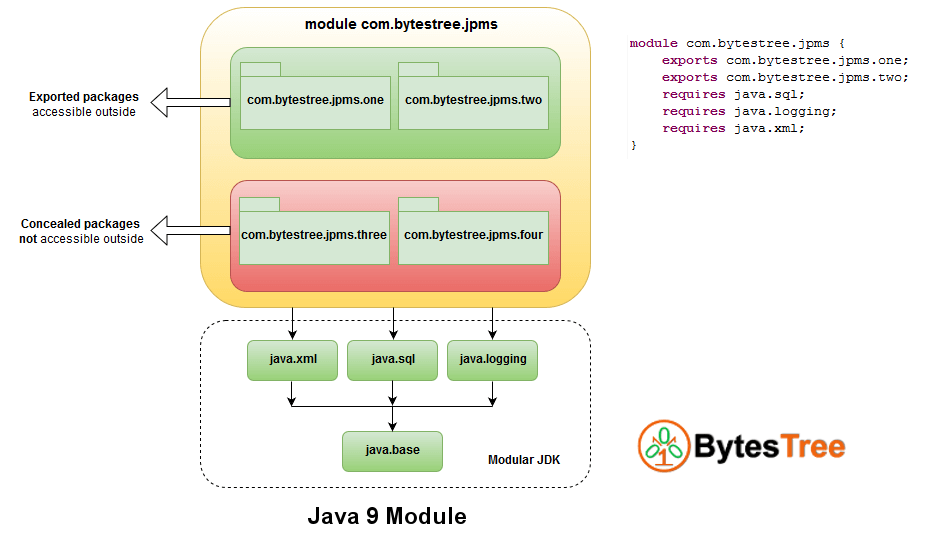
Packages:
In Java, a package is a namespace that organizes related classes and interfaces together. Packages serve several purposes:
Namespace: Packages provide a unique identifier for each class or interface, preventing name collisions.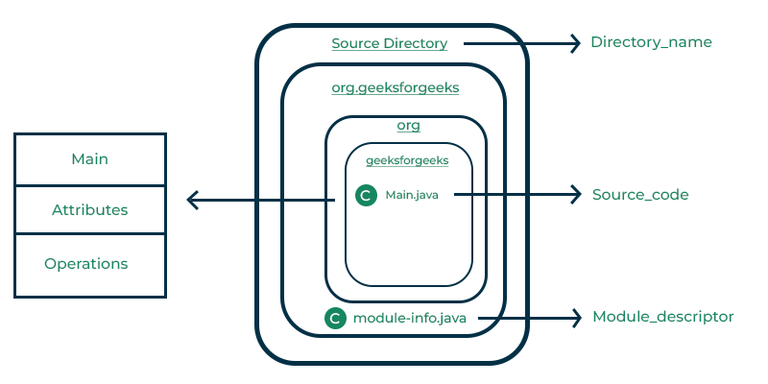
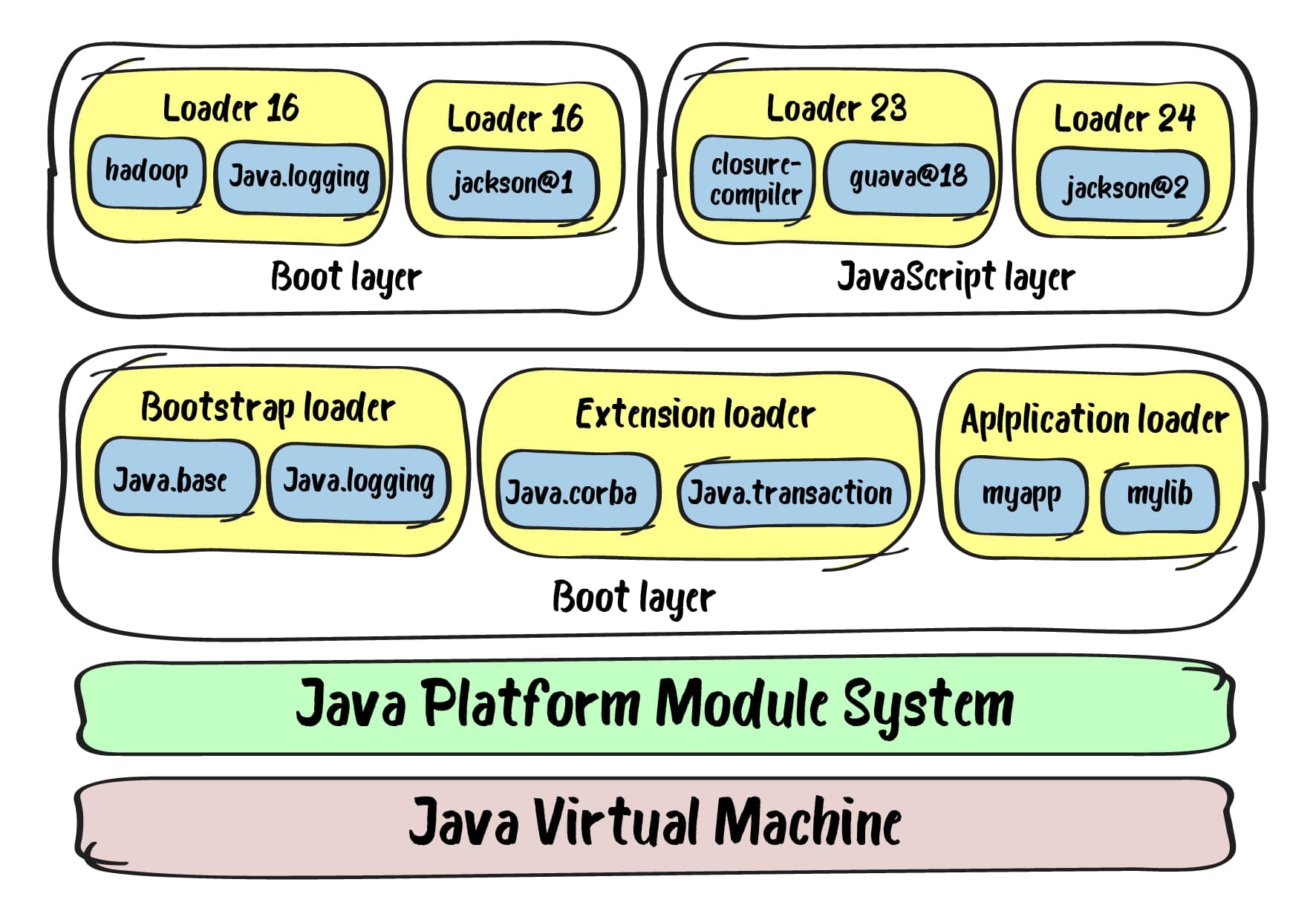
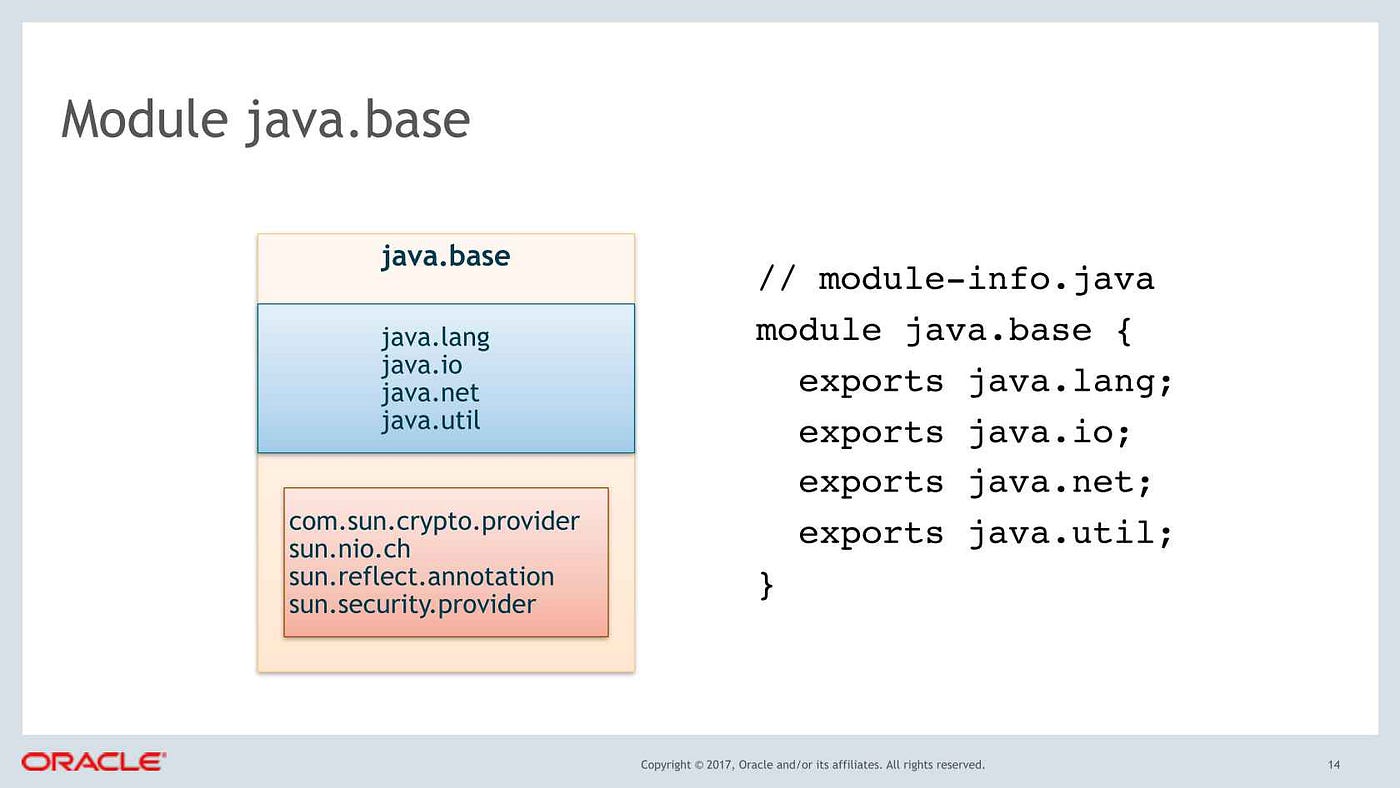
To create a package in Java, you simply need to:
Create a directory with the desired package name (e.g.,com.example). Place your Java source files (.java) inside this directory. Use the package statement at the top of each source file to declare the package name.
Here's an example:
package com.example;
public class MyClass {
// ...
}
Modules:
Java 9 and later introduced modules, which are a new level of organization beyond packages. Modules provide a way to group related packages together, along with their dependencies and configurations.
A module consists of:
Module Declaration: A special file calledmodule-info.java that defines the module's name, requires, provides, and uses. Packages: One or more packages that are part of the module. Dependencies: Other modules or JAR files required by this module.
Modules offer several benefits:
Improved dependencies: Modules make it easier to manage dependencies between modules and external libraries. Custom configurations: Modules allow you to customize configuration settings for your application. Better security: Modules provide a way to restrict access to specific packages or classes, enhancing security.To create a module in Java, you need to:
Create a directory with the desired module name (e.g.,com.example.myapp). Place your Java source files (.java) and the module-info.java file inside this directory. Use the module declaration in module-info.java to define the module's dependencies, provides, and uses.
Here's an example:
module com.example.myapp {
requires java.base;
provides com.example.myapp.MyClass;
}
In summary, packages provide a way to organize related classes and interfaces together, while modules group related packages and their dependencies together, allowing for better organization, configuration, and security in your Java applications.
